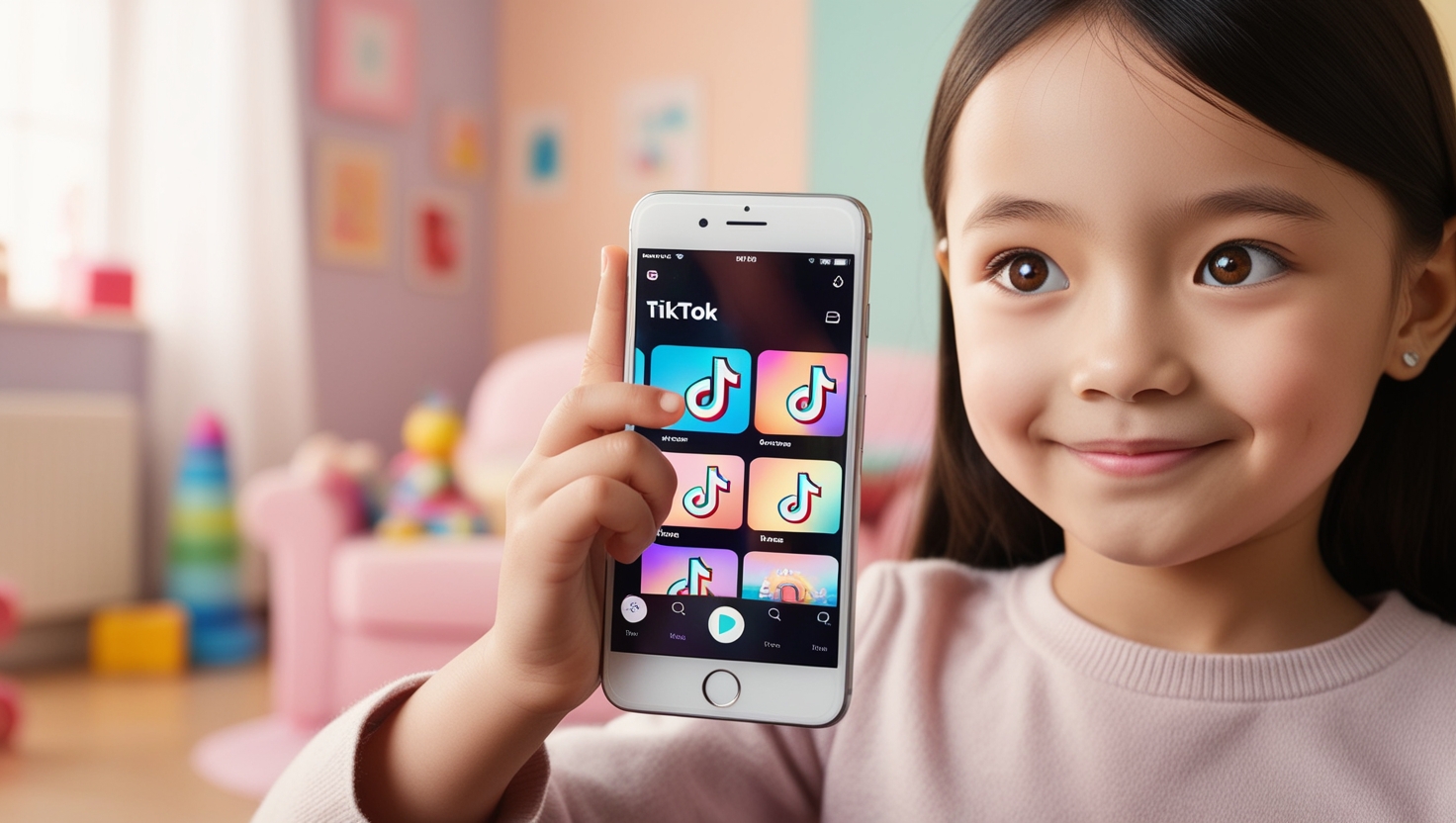Introduction
In recent years, TikTok has transformed from a trendy social media platform into a powerhouse for brands looking to connect with younger audiences. With its unique algorithm and engaging video format, TikTok offers a distinct opportunity for advertisers. If you’re considering TikTok Ads as part of your marketing strategy, you’ve come to the right place. This guide is designed to give you a comprehensive understanding of TikTok Ads, from the basics to advanced strategies that can maximize your campaign’s effectiveness.
Understanding TikTok and Its User Base
Before diving into TikTok Ads, it’s essential to understand the platform and its user demographics. TikTok, launched in 2016, has quickly amassed a massive user base, boasting over 1 billion active users globally. The platform primarily appeals to younger audiences, particularly Gen Z and Millennials, who favour visually-driven content over traditional text-based formats.
Key Demographics:
- Age: 60% of users are aged 16 to 24, making it a prime target for brands looking to engage younger consumers.
- Diversity: TikTok users come from diverse backgrounds and cultures, allowing brands to tailor their messaging to various segments.
- Engagement: TikTok users spend an average of 52 minutes per day on the app, creating ample opportunities for brands to engage and connect.
Types of TikTok Ads
TikTok Ads comes in various formats, each designed to engage users in unique ways. Understanding these ad formats is crucial for crafting effective campaigns.
1. In-Feed Ads
These ads appear in users’ feeds as they scroll through content. They can include video clips, music, and a call-to-action (CTA) button, encouraging users to take specific actions like visiting your website or downloading an app.
- Duration: In-feed ads can last between 5 to 60 seconds.
- Best for: Driving traffic and engagement through direct user interaction.
2. TopView Ads
TopView ads are similar to in-feed ads but appear at the top of the TikTok feed when users open the app. This prime placement ensures maximum visibility and engagement.
- Duration: These ads can last up to 60 seconds and can include a link to a landing page.
- Best for: Brand awareness and impactful storytelling due to their high visibility.
3. Branded Hashtag Challenges
This format invites users to participate in challenges by creating content around a specific theme or hashtag. Brands can create a challenge and encourage user participation, fostering organic engagement.
- Best for: Building community engagement and promoting user-generated content. For example, the #GuacDance challenge by Chipotle encouraged users to showcase their dance moves for a chance to be featured, leading to significant user engagement.
4. Branded Effects
Branded effects allow advertisers to create custom filters and effects for users to incorporate into their videos. This interactive element engages users creatively.
- Best for: Enhancing brand recall and providing users with a memorable experience.
5. Spark Ads
Spark Ads enable brands to promote organic content created by users. This format leverages user-generated content, enhancing authenticity and trust.
- Best for: Amplifying engagement with existing content that resonates with the audience.
Setting Up Your TikTok Ads Account
Once you understand the various ad formats, it’s time to set up your TikTok Ads account.
Step 1: Create a TikTok Ads Account
Visit the TikTok Ads website and sign up for an account. Fill in the required information about your business and choose your ad objective.
Step 2: Choose Your Campaign Objective
TikTok provides various objectives to guide your campaign, including:
- Brand Awareness: Focus on reaching a broad audience and creating brand recognition.
- Traffic: Drive users to your website or app.
- Conversions: Encourage specific actions, such as purchases or sign-ups.
Step 3: Define Your Target Audience
TikTok offers advanced targeting options to reach your ideal audience. You can target users based on demographics, interests, behaviours, and even custom audiences based on previous interactions with your brand.
- Custom Audiences: Create audiences based on your existing customer data to retarget previous visitors or engage users similar to your best customers.
- Lookalike Audiences: Reach new users who share similar characteristics with your existing customers.
Step 4: Set Your Budget and Schedule
Decide on your campaign budget and duration. TikTok allows you to set daily or lifetime budgets, giving you flexibility in managing your spending.
Crafting Compelling TikTok Ads
Creating compelling ads on TikTok requires an understanding of the platform’s unique culture and user preferences. Here are some key tips for crafting engaging TikTok Ads:
1. Focus on Authenticity
TikTok users appreciate authenticity and relatability. Create ads that resonate with users on a personal level. Show real people using your products in everyday scenarios, rather than overly polished advertisements.
2. Engage in Storytelling
Utilize storytelling to capture attention. Instead of just promoting your product, weave a narrative that connects emotionally with viewers. This could involve customer testimonials, behind-the-scenes looks at your brand, or relatable scenarios that highlight your product’s value.
3. Keep It Short and Engaging
While TikTok allows up to 60 seconds for ads, the most effective content often lasts between 15 to 30 seconds. Grab attention within the first few seconds and maintain engagement throughout. Use visually captivating content and dynamic editing to keep viewers interested.
4. Incorporate Music and Trends
Music is a core part of TikTok’s identity. Utilize trending sounds or songs relevant to your brand and message. Stay updated on TikTok trends and challenges, and consider how you can integrate them into your advertising strategy.
5. Include a Strong Call-to-Action (CTA)
Every ad should have a clear and compelling CTA. Whether it’s encouraging users to visit your website, download your app, or participate in a challenge, make sure the next step is clear and enticing.
Measuring Success: Key Metrics for TikTok Ads
To gauge the effectiveness of your TikTok advertising campaigns, monitor key performance indicators (KPIs). TikTok Ads Manager provides valuable analytics to help you assess your campaigns.
1. Impressions
This metric indicates how many times your ad was displayed to users. High impressions suggest that your ad is reaching a broad audience.
2. Engagement Rate
Calculate the engagement rate by measuring likes, shares, comments, and other interactions relative to the number of impressions. A higher engagement rate indicates that your content resonates with the audience.
3. Click-Through Rate (CTR)
The CTR measures the percentage of users who clicked on your ad compared to those who viewed it. A higher CTR indicates effective messaging and targeting.
4. Conversion Rate
Track the number of users who completed your desired action (e.g., making a purchase) after interacting with your ad. This metric is crucial for assessing ROI.
5. Cost Per Action (CPA)
Calculate the CPA by dividing your total ad spend by the number of conversions. Understanding your CPA helps determine the efficiency of your ad spend.
TikTok Ads Best Practices
To maximize the effectiveness of your TikTok Ads, follow these best practices:
1. Test Different Ad Formats
Experiment with various ad formats to see what resonates most with your audience. A/B testing allows you to compare different approaches and optimize your campaigns.
2. Engage with Your Audience
Respond to comments and engage with users to foster community and brand loyalty. Encourage user participation and feedback to create a two-way conversation.
3. Use Hashtags Wisely
Hashtags can optimize your ad’s reach, but use them strategically. Research trending hashtags relevant to your content and avoid overstuffing your ads with irrelevant tags.
4. Stay Current with Trends
Regularly monitor TikTok trends and adjust your content accordingly. Aligning your ads with popular trends can boost visibility and engagement.
Real-World Examples of Successful TikTok Ads
To illustrate the effectiveness of TikTok Ads, let’s explore some successful campaigns that have made an impact.
1. Elf Cosmetics – #EyesLipsFace Challenge
Elf Cosmetics launched the #EyesLipsFace challenge, encouraging users to create videos using their products while dancing to a catchy jingle. The campaign went viral, generating over 5 billion views and significantly increasing brand awareness and sales.
- Strategy: Engaging with a catchy tune and simple challenge encouraged user participation, showcasing the power of community-driven campaigns.
2. Gymshark’s Influencer Marketing
Gymshark collaborated with popular fitness influencers to showcase their activewear through authentic content. The influencers created workout videos wearing Gymshark products, effectively driving engagement and brand recognition.
- Strategy: By leveraging trusted voices in the fitness community, Gymshark reached new audiences and built trust through authenticity.
Challenges and Considerations
While TikTok Ads presents exciting opportunities, there are challenges to navigate:
1. Ad Fatigue
As TikTok users are exposed to numerous ads, they may experience ad fatigue. To combat this, continually refresh your ad creative and messaging to maintain engagement.
2. Cultural Sensitivity
Understanding the cultural nuances of TikTok’s global audience is crucial. Ensure your content aligns with regional sensitivities and avoids cultural appropriation.
3. Platform Changes
Social media platforms frequently update their algorithms and features. Stay informed about changes to TikTok’s ad policies and trends to adapt your strategy accordingly.
Future Trends in TikTok Advertising
As TikTok continues to grow, several trends are emerging that brands should consider:
1. Increased E-commerce Integration
TikTok is increasingly focusing on integrating e-commerce features, allowing users to shop directly from the app. Brands should prepare for shoppable ads and seamless purchasing experiences.
2. Augmented Reality (AR) Experiences
The use of AR in advertising is expected to rise. Brands can create interactive experiences that allow users to visualize products in their environments.
3. Short-Form Video Content Dominance
As attention spans decrease, short-form video content will dominate. Brands should focus on creating quick, impactful messages that resonate with viewers.
Conclusion
TikTok Ads presents a unique opportunity for brands to connect with audiences in an authentic and engaging way. By understanding the platform, leveraging its diverse ad formats, and crafting compelling content, brands can effectively navigate the TikTok advertising landscape.
As TikTok continues to evolve, staying informed about trends, metrics, and user preferences will be essential for long-term success. Embrace creativity, engage with your audience, and explore innovative advertising strategies to maximize your impact on this dynamic platform.
With this comprehensive guide, you’re equipped to dive into TikTok Ads and harness the platform’s potential for your brand’s growth.
FAQ’s about TikTok Ads:
What are TikTok Ads?
Answer: TikTok Ads are promotional content that businesses create to reach TikTok users. These ads come in various formats, including in-feed ads, TopView ads, branded hashtag challenges, and more, allowing brands to engage their target audience effectively.
How do I create a TikTok Ads account?
Answer: To create a TikTok Ads account, visit the TikTok Ads website, sign up with your business details, and fill in the required information. Once registered, you can start setting up your campaigns based on your marketing goals.
What types of ad formats are available on TikTok?
Answer: TikTok offers several ad formats, including:
- In-Feed Ads: Appear in users’ feeds.
- TopView Ads: Displayed at the top of the feed.
- Branded Hashtag Challenges: Encourage user participation around a specific theme.
- Branded Effects: Custom filters and effects for user videos.
- Spark Ads: Promote organic user-generated content.
How can I target my audience on TikTok Ads?
Answer: TikTok Ads allows you to target your audience based on various criteria, including demographics (age, gender, location), interests, behaviours, and custom audiences created from your existing customer data.
How much does it cost to run TikTok Ads?
Answer: The cost of running TikTok Ads varies based on factors such as ad format, targeting options, and bidding strategy. TikTok typically requires a minimum budget of $50 per day for campaigns, but costs can escalate based on competition and audience size.
How do I measure the success of my TikTok Ads?
Answer: You can measure the success of your TikTok Ads by tracking key performance indicators (KPIs) such as impressions, engagement rate, click-through rate (CTR), conversion rate, and cost per action (CPA). TikTok Ads Manager provides detailed analytics to help you evaluate your campaigns.
What should I include in my TikTok Ads to make them effective?
Answer: To create effective TikTok Ads, focus on authenticity, engaging storytelling, and high-quality visuals. Keep your content concise, incorporate trending music or challenges, and include a clear call-to-action (CTA) to encourage user interaction.
Can I run TikTok Ads internationally?
Answer: Yes, TikTok Ads can be run internationally. However, it’s essential to tailor your content and targeting to resonate with local audiences and consider cultural nuances when creating your ads.
How can I leverage user-generated content in my TikTok Ads?
Answer: You can leverage user-generated content (UGC) by using TikTok’s Spark Ads feature, which allows you to promote content created by users that showcases your products or brand. UGC adds authenticity and trust to your advertising efforts.
What trends should I watch for in TikTok advertising?
Answer: Key trends to watch in TikTok advertising include the rise of e-commerce integration within the app, the increasing use of augmented reality (AR) for immersive experiences, and the dominance of short-form video content as attention spans continue to shrink.










